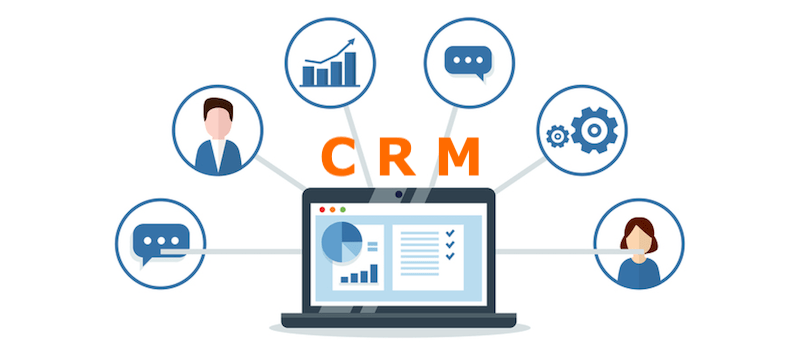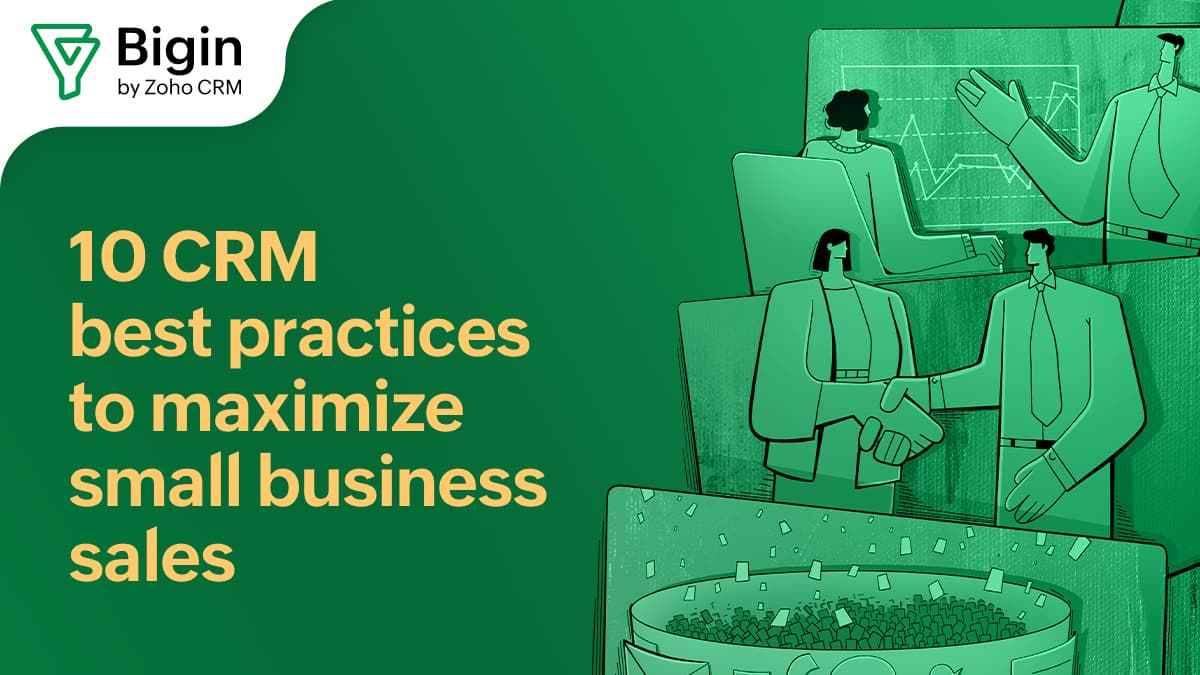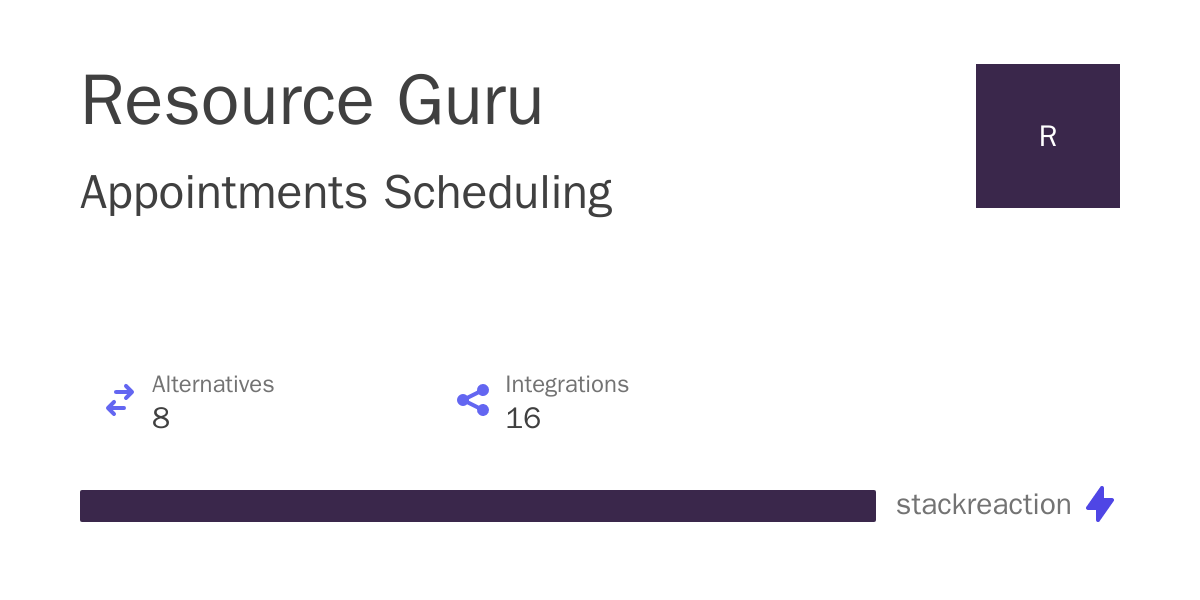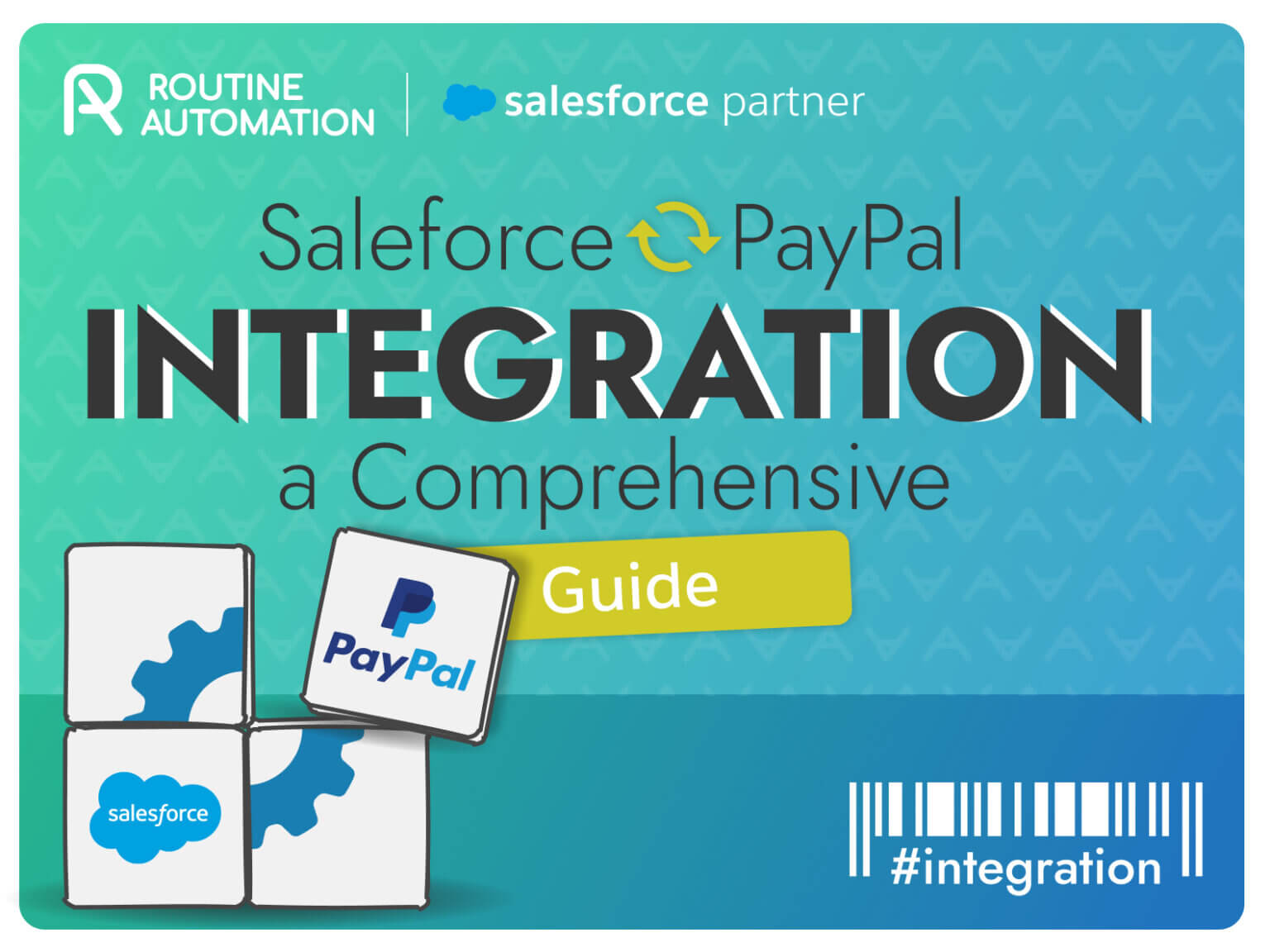
CRM for Small Businesses: Your Ultimate Guide to Choosing, Implementing, and Thriving
Running a small business is a whirlwind. You’re juggling a million things, from product development and marketing to sales and customer service. Amidst all the chaos, it’s easy for things to slip through the cracks – leads get lost, customer interactions are forgotten, and opportunities are missed. That’s where a Customer Relationship Management (CRM) system steps in. It’s not just for the big guys; CRM for small business is a game-changer.
This comprehensive guide will walk you through everything you need to know about CRM for small businesses, from understanding what it is and why you need it, to choosing the right platform, implementing it successfully, and maximizing its benefits. We’ll explore the various features, consider the costs, and even peek into the future of CRM. Get ready to transform your business and build lasting customer relationships.
What is a CRM System? Decoding the Basics
At its core, a CRM system is a technology that helps you manage all your company’s relationships and interactions with customers and potential customers. Think of it as a centralized hub for all your customer data. It helps you organize, track, and analyze every interaction – from initial contact to final sale and beyond. This includes:
- Contact Management: Storing and organizing customer information, including names, contact details, and communication history.
- Lead Management: Tracking potential customers, nurturing leads, and converting them into paying customers.
- Sales Automation: Automating repetitive sales tasks, such as sending emails, scheduling appointments, and generating reports.
- Marketing Automation: Automating marketing campaigns, such as email blasts, social media posts, and targeted advertising.
- Customer Service: Managing customer inquiries, resolving issues, and providing excellent support.
- Reporting and Analytics: Tracking key performance indicators (KPIs) and gaining insights into your business performance.
A well-implemented CRM system can significantly improve your business operations by streamlining processes, enhancing customer satisfaction, and boosting sales. It’s about building meaningful relationships, not just transactions.
Why Does Your Small Business Need a CRM? The Compelling Reasons
You might be thinking, “My business is small; do I really need a CRM?” The answer is a resounding YES! Here’s why:
- Improved Customer Relationships: CRM helps you personalize interactions, remember customer preferences, and provide better support. This leads to increased customer loyalty and retention. Happy customers are repeat customers!
- Increased Sales: By streamlining the sales process, CRM helps your sales team close deals faster and more efficiently. You can track leads, manage opportunities, and forecast sales with greater accuracy.
- Enhanced Productivity: Automate repetitive tasks, freeing up your team to focus on more strategic initiatives. This boosts productivity and allows you to do more with less.
- Better Data Organization: Say goodbye to scattered spreadsheets and disjointed data. CRM centralizes all your customer information, making it easily accessible and manageable.
- Improved Communication: CRM provides a single source of truth for all customer interactions, ensuring everyone in your organization is on the same page. This leads to better internal communication and a more cohesive customer experience.
- Data-Driven Decisions: CRM provides valuable insights into your business performance, allowing you to make data-driven decisions and optimize your strategies. You can track KPIs, identify trends, and measure the effectiveness of your campaigns.
- Scalability: As your business grows, your CRM can scale with you. It can handle increasing volumes of data and accommodate new users, features, and integrations. It’s an investment in your future.
In short, a CRM system is an investment in your business’s future. It’s a strategic tool that can help you achieve sustainable growth and build a thriving enterprise.
Key Features to Look for in a CRM for Small Business
Not all CRM systems are created equal. When choosing a CRM for your small business, it’s essential to consider the features that will best meet your specific needs. Here are some key features to prioritize:
- Contact Management: This is the foundation of any CRM. Ensure the system allows you to easily store, organize, and access customer contact information, including names, phone numbers, email addresses, and social media profiles.
- Lead Management: The ability to track leads, qualify them, and nurture them through the sales pipeline is crucial. Look for features like lead scoring, lead assignment, and automated follow-up workflows.
- Sales Automation: Automate repetitive sales tasks, such as sending emails, scheduling appointments, and creating sales reports. This saves time and allows your sales team to focus on closing deals.
- Marketing Automation: Integrate with your marketing tools to automate email campaigns, social media posts, and targeted advertising. This helps you reach more prospects and nurture leads more effectively.
- Sales Pipeline Management: Visualize your sales pipeline and track the progress of each deal. This helps you identify bottlenecks, forecast sales, and manage your sales team’s performance.
- Reporting and Analytics: Generate reports and track KPIs to gain insights into your business performance. Look for features like customizable dashboards, real-time data, and the ability to export reports.
- Integration: Choose a CRM that integrates with your existing tools and platforms, such as email, accounting software, and marketing automation platforms. This streamlines your workflow and eliminates the need for manual data entry.
- Mobile Access: Access your CRM data on the go with a mobile app. This allows your team to stay connected and productive, regardless of their location.
- Customization: The ability to customize the CRM to fit your specific business needs is essential. Look for features like custom fields, workflows, and reporting options.
- User-Friendly Interface: The CRM should be easy to use and navigate. A simple and intuitive interface will help your team adopt the system quickly and efficiently.
Prioritizing these features will ensure you select a CRM system that empowers your small business to thrive.
Choosing the Right CRM: A Step-by-Step Guide
Choosing the right CRM can feel overwhelming, but breaking it down into steps makes the process more manageable. Here’s a step-by-step guide to help you make the right decision:
- Define Your Needs: Before you start looking at CRM systems, take the time to assess your business needs. What are your goals? What are your pain points? What features are essential? Create a list of your must-haves and nice-to-haves.
- Research CRM Providers: Once you know your needs, start researching CRM providers. Read reviews, compare features, and consider pricing options. Some popular choices for small businesses include HubSpot CRM, Zoho CRM, Salesforce Essentials, and Pipedrive.
- Consider Your Budget: CRM systems range in price, from free to thousands of dollars per month. Determine your budget and choose a system that fits your financial constraints. Remember to factor in the cost of implementation, training, and ongoing support.
- Evaluate Ease of Use: The CRM should be easy to use and navigate. If it’s too complex, your team won’t use it. Look for systems with a user-friendly interface and intuitive design.
- Assess Integration Capabilities: Make sure the CRM integrates with your existing tools and platforms, such as email, accounting software, and marketing automation platforms. This will streamline your workflow and save you time.
- Read Reviews and Case Studies: See what other small businesses are saying about the CRM systems you’re considering. Read reviews and case studies to get a sense of the system’s strengths and weaknesses.
- Request Demos and Trials: Most CRM providers offer demos and free trials. Take advantage of these opportunities to test out the system and see if it’s a good fit for your business.
- Choose the Right Plan: Once you’ve selected a CRM, choose the plan that best meets your needs. Consider the number of users, the features you need, and the storage capacity.
- Plan for Implementation: Have a plan for implementing the CRM. This includes data migration, user training, and customization.
By following these steps, you can choose the right CRM system for your small business and set yourself up for success.
Implementing Your CRM: A Smooth Transition
Once you’ve chosen your CRM, the next step is implementation. A successful implementation is critical to maximizing the benefits of your new system. Here’s how to ensure a smooth transition:
- Data Migration: Gather your customer data from existing sources, such as spreadsheets, email contacts, and other databases. Clean and organize the data before importing it into your CRM. This ensures data accuracy and consistency.
- Customization: Customize the CRM to fit your specific business needs. This may involve adding custom fields, creating workflows, and configuring reporting options. Take the time to tailor the system to your unique requirements.
- User Training: Train your team on how to use the CRM. Provide comprehensive training materials and ongoing support to ensure they understand the system’s features and how to use them effectively.
- Phased Rollout: Consider a phased rollout, starting with a pilot group of users and gradually expanding to the rest of your team. This allows you to identify and address any issues before a full-scale implementation.
- Set Clear Expectations: Communicate the benefits of the CRM to your team and set clear expectations for its use. Emphasize the importance of data accuracy and consistency.
- Monitor and Evaluate: Monitor the use of the CRM and evaluate its effectiveness. Track key metrics, such as sales conversion rates, customer satisfaction, and employee productivity. Make adjustments as needed.
- Ongoing Support: Provide ongoing support to your team, including training, troubleshooting, and updates. This will help them stay engaged and maximize the benefits of the CRM.
A well-planned and executed implementation will ensure your CRM is a valuable asset to your small business.
Maximizing Your CRM: Strategies for Success
Once your CRM is up and running, it’s time to maximize its potential. Here are some strategies to help you get the most out of your CRM investment:
- Data Accuracy and Consistency: Ensure your data is accurate and consistent. Regularly clean and update your data to maintain its integrity. Inaccurate data can lead to poor decisions and missed opportunities.
- Use All Features: Take advantage of all the features your CRM offers. Explore the different modules, workflows, and reporting options to see how they can benefit your business.
- Automate Processes: Automate repetitive tasks, such as sending emails, scheduling appointments, and generating reports. This will free up your team to focus on more strategic initiatives.
- Track KPIs: Track key performance indicators (KPIs) to measure the effectiveness of your CRM. Use these metrics to identify areas for improvement and optimize your strategies.
- Regularly Review and Update: Regularly review your CRM data and update it as needed. This ensures the information is current and relevant.
- Integrate with Other Tools: Integrate your CRM with your other tools and platforms, such as email, accounting software, and marketing automation platforms. This will streamline your workflow and eliminate the need for manual data entry.
- Provide Ongoing Training: Provide ongoing training to your team to ensure they stay up-to-date on the latest features and best practices.
- Analyze and Optimize: Regularly analyze your CRM data and optimize your strategies. Use the insights you gain to improve your sales, marketing, and customer service efforts.
By implementing these strategies, you can transform your CRM from a simple database into a powerful tool that drives growth and success.
CRM Costs: Understanding the Investment
CRM systems are not a one-size-fits-all investment. The cost of a CRM depends on a variety of factors, including the features you need, the number of users, and the pricing model of the provider. Let’s break down the costs:
- Subscription Fees: Most CRM systems operate on a subscription basis, with monthly or annual fees. The cost typically varies depending on the features included and the number of users.
- Implementation Costs: Implementation costs can include data migration, customization, and user training. Some providers offer implementation services, while others require you to handle it yourself.
- Ongoing Support: Some CRM providers offer ongoing support, which may include technical assistance, training, and updates. This can be an additional cost.
- Add-ons and Integrations: Some CRM systems offer add-ons and integrations with other tools, which can be an additional cost.
- Hidden Costs: Be aware of any hidden costs, such as data storage limits or fees for exceeding certain usage thresholds.
When evaluating the cost of a CRM, consider the return on investment (ROI). A well-implemented CRM can significantly improve your sales, marketing, and customer service efforts, leading to increased revenue and profitability.
The Future of CRM: Trends to Watch
The CRM landscape is constantly evolving. Staying informed about the latest trends can help you make informed decisions and future-proof your CRM strategy. Here are some trends to watch:
- AI and Machine Learning: Artificial intelligence (AI) and machine learning are transforming CRM. AI-powered CRM systems can automate tasks, personalize customer interactions, and provide valuable insights into customer behavior.
- Mobile CRM: Mobile CRM is becoming increasingly important, allowing businesses to access their CRM data on the go. This enables sales teams to stay connected and productive, regardless of their location.
- Personalization: Customers expect personalized experiences. CRM systems are increasingly focused on helping businesses deliver personalized content, offers, and support.
- Integration with Social Media: CRM systems are integrating with social media platforms, allowing businesses to track customer interactions, manage social media campaigns, and provide customer service through social media channels.
- Focus on Customer Experience: CRM is evolving from a sales tool to a customer experience platform. Businesses are using CRM to manage the entire customer journey, from initial contact to post-sale support.
- Data Privacy and Security: Data privacy and security are becoming increasingly important. CRM providers are investing in security measures to protect customer data and comply with regulations.
- Low-Code/No-Code Solutions: Low-code/no-code platforms are gaining popularity, allowing businesses to customize their CRM systems without the need for extensive coding knowledge.
By staying abreast of these trends, you can ensure your CRM strategy remains effective and relevant in the years to come.
CRM for Small Business: Real-World Success Stories
The proof is in the pudding, as they say. Let’s look at a few real-world examples of how small businesses have leveraged CRM to achieve remarkable results:
- A Local Landscaping Company: A landscaping business struggling with lost leads and disorganized customer communication implemented a CRM. They were able to centralize all customer information, track leads more effectively, and automate follow-up emails. As a result, they saw a 20% increase in sales within the first year.
- An E-commerce Startup: An online store selling handcrafted jewelry was facing challenges in managing customer orders and providing timely support. By implementing a CRM, they streamlined their order processing, tracked customer inquiries, and personalized their marketing efforts. They experienced a significant boost in customer satisfaction and a 15% increase in repeat purchases.
- A Consulting Firm: A small consulting firm dealing with disorganized client data and inefficient sales processes adopted a CRM. They were able to track leads, manage client projects, and automate their invoicing. They saw a 25% improvement in their sales cycle and a significant reduction in administrative overhead.
These are just a few examples of how CRM can help small businesses achieve their goals. The key is to choose the right system, implement it effectively, and leverage its features to their full potential.
Final Thoughts: Embracing CRM for Small Business Success
In today’s competitive landscape, a CRM system is no longer a luxury; it’s a necessity for small businesses that want to thrive. By understanding what CRM is, choosing the right platform, implementing it effectively, and maximizing its benefits, you can transform your business and build lasting customer relationships. Don’t let your business fall behind. Embrace the power of CRM and unlock your full potential.
The journey might seem daunting at first, but the rewards are well worth the effort. By taking the time to research, plan, and implement a CRM system, you’re investing in the future of your business and setting yourself up for long-term success. It’s about building a stronger foundation, fostering deeper connections with your customers, and ultimately, achieving your business goals.
So, take the leap. Explore the options. Embrace the change. Your customers – and your business – will thank you for it.


